Cadillac Touts Global June Sales "Surge" Amidst 2016 Global Sales Decline
Cadillac detailed the sources of its so-called global sales surge in June 2016 in a press release yesterday. In so doing, Cadillac called attention to its first-half global sales decline and the global rarity of the wreathless crest.
Cadillac has reason to pursue ( and then tout the results of its) increased global strength (or diminished global weakness). In the United States, Cadillac isn’t doing enough. The three top-selling Cadillac rivals — BMW, Mercedes-Benz, and Lexus — generate more U.S. sales than Cadillac does around the world. Globally. Everywhere.
Roughly 13,000 monthly sales in Cadillac’s historic North American market is a figure simply insufficient to secure a bright future for General Motors’ premium brand. Thus, Cadillac now intends to be a global luxury brand, and is in fact making inroads leading toward that goal.
China, for instance, now accounts for 35 percent of Cadillac’s global volume, up from 30 percent at this stage of 2015. In the European Union and Russia, home turf for top-tier luxury brands, Cadillac says a 41-percent year-over-year increase in the first-half of 2016 resulted in only 991 sales.
Perspective? In the United Kingdom in June alone, Mercedes-Benz sold 4,112 copies of the C-Class. Just the C-Class.
Moreover, even in China, where Cadillac’s global effort shows signs of increasing strength, Audi sold 5,190 more new vehicles in June than Cadillac sold in the first-half of 2016.
Cadillac’s lack of presence in the global marketplace isn’t surprising. GM’s efforts to expand the brand’s reach have at varying times been intermittent and half-hearted. The renewed focus we see now will not return instantaneous results.
Thus, Cadillac’s goals are modest. Said Cadillac president Johan de Nysschen in the Cadillac blast yesterday: “We can truly earn incremental volume growth as we build brand prestige.” As we build brand prestige. As opposed to being prestigious.
In its home market, however, Cadillac is neither a new entrant nor a foreign upstart. Yet Cadillac’s recent U.S. sales performance isn’t entirely out of sync with Cadillac’s dearth of global success. Just as the ATS, CTS, and futureless ELR are in decline around the world, they’re failing in the United States. U.S. ATS volume is down 22 percent to 9,764 units in 2016. CTS sales are down 18 percent to 7,906. The ELR is down 16 percent to 496. Combined sales of the XTS and its indirect CT6 successor are up by just 1.5 percent to 11,766. Admittedly, it’s early days for the CT6, but with more than three months of U.S. sales in the bag, fewer than 2,000 have been sold.
Cars, therefore, remain a small part of Cadillac’s U.S. business, forming just 41 percent of the brand’s U.S. volume, compared with 62 percent in the rest of the world. The blissfully profitable Escalade is a larger part of the U.S. equation than it is in global markets: 83 percent of global Escalade volume is U.S.-derived, compared with 52 percent for Cadillac’s other models.
The strength of Cadillac’s utilities, of course, brings up the subject of the ongoing SRX-to-XT5 transition. Excluding this top-selling Cadillac entrant from the equation shows Cadillac’s other models saw global first-half sales growth – albeit by a scant 65 units. It’s the XT5’s late first-half ramp-up that prompted Cadillac’s June surge. Global SRX/XT5 June volume rose 15 percent to 9,637 units, equal to nearly four out of every ten Cadillacs sold around the world last month.
In the U.S., meanwhile, the SRX and XT5 combined for 26,282 first-half sales, enough to claim second spot among premium brand utility vehicle sales so far this year. In June, even without the SRX’s contribution, the XT5 ranked fifth among luxury utility vehicle sales, a clear sign that Cadillac is set to reclaim its status as the prime challenger to the Lexus RX’s throne.
Unfortunately for Cadillac, cars still matter — even as the passenger car market is shrinking and the impact of SUVs and crossovers is being felt outside of America. Cadillac is woefully ineffective in the passenger car market.
Cadillac’s cars earn ride and handling plaudits from the enthusiast press, but when given the chance, the overwhelming majority of buyers still choose a 3 Series, 5 Series, or 7 Series; a C-Class, E-Class, or S-Class; an A4, A6, or A8. Much though that may appear to be the case in the United States, it’s an outcome far more evident around the world.
[Images: Cadillac, Chart: © 2016 Timothy Cain/The Truth About Cars]
Timothy Cain is the founder of GoodCarBadCar.net, which obsesses over the free and frequent publication of U.S. and Canadian auto sales figures. Follow on Twitter @goodcarbadcar and on Facebook.
More by Timothy Cain
Latest Car Reviews
Read moreLatest Product Reviews
Read moreRecent Comments
- Turbo Is Black Magic My wife had one of these back in 06, did a ton of work to it… supercharger, full exhaust, full suspension.. it was a blast to drive even though it was still hilariously slow. Great for drive in nights, open the hatch fold the seats flat and just relax.Also this thing is a great example of how far we have come in crash safety even since just 2005… go look at these old crash tests now and I cringe at what a modern electric tank would do to this thing.
- MaintenanceCosts Whenever the topic of the xB comes up…Me: "The style is fun. The combination of the box shape and the aggressive detailing is very JDM."Wife: "Those are ghetto."Me: "They're smaller than a Corolla outside and have the space of a RAV4 inside."Wife: "Those are ghetto."Me: "They're kind of fun to drive with a stick."Wife: "Those are ghetto."It's one of a few cars (including its fellow box, the Ford Flex) on which we will just never see eye to eye.
- Oberkanone The alternative is a more expensive SUV. Yes, it will be missed.
- Ajla I did like this one.
- Zerofoo No, I won't miss this Chevrolet Malibu. It's a completely forgettable car. Who in their right mind would choose this over a V8 powered charger at the rental counter? Even the V6 charger is a far better drive.




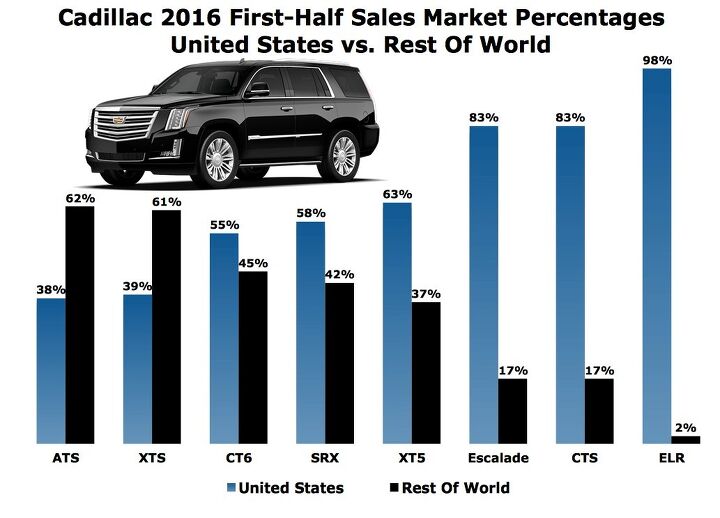














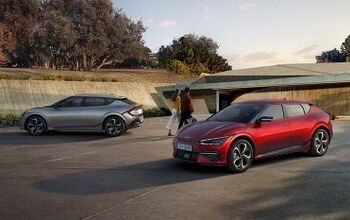
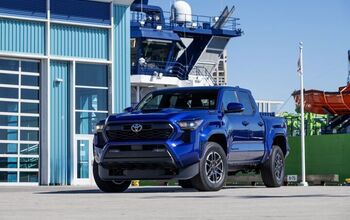
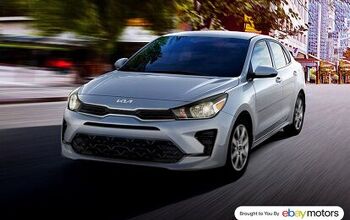
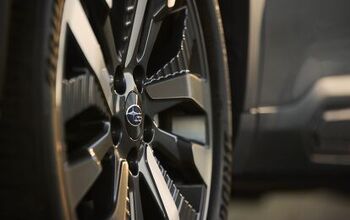
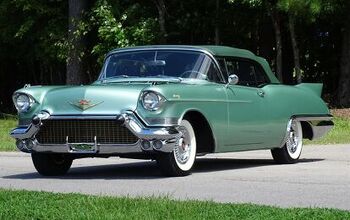

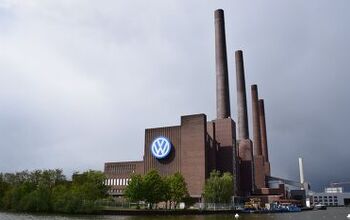
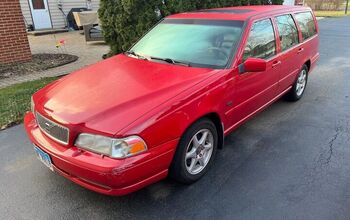
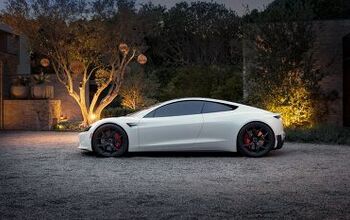

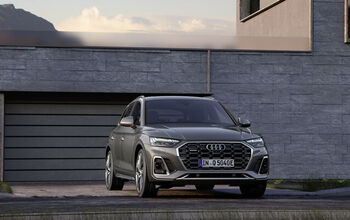
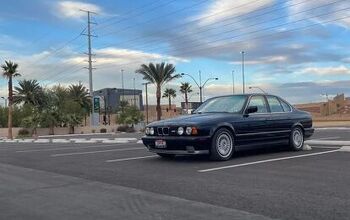
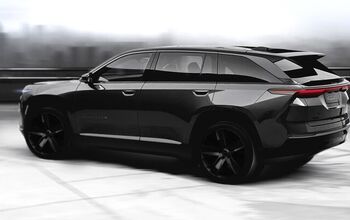
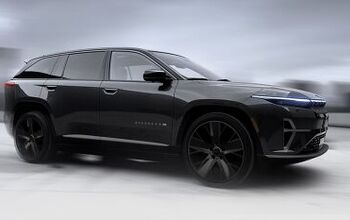

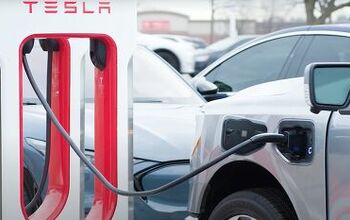


Comments
Join the conversation
I really like the new Caddy's and especially in V-form, they look great and perform even better. Having sold Infiniti's and Volvo's, it's so hard to get people out of their Bmw, Audi, Benz leases into something else, aside from Lexus. - You need a ridiculously good product - Amazing incentives, free maintenance and stellar service - The German trio dump their entry level models at cost, huge loaner programs. Hard to compete with that - CPO programs establish a great used-car buy, and implement an image of reliability in the product, true or not. Take years to build this, and one good product after the next. The Germans have been pumping out hit after hit.
In Los Angeles, pretty much every car brand is commonly visible. People in this state buy lots of F150s and Silverados, and lots of Priuses, with everything in between found everyday. In the mix, contemporary Cadillacs are common, and I don't mean just Escalade. We buy many ATS, CTS, V cars, SRX and in past years the older STS and XLR, so I don't know what's wrong with the rest of the country. While the Art & Science styling may be controversial, it appeals to buyers in part for that reason along with today's Cadillacs having distinctive, beautiful visual appeal. But Art & Science, along with dramatically-rising Cadillac vehicle engineering, quality and interiors, is only 12 years into a recovery and reversal of nearly 50 years of neglect and decline. GM is showing patience. You should too. My wife and I have been buying and driving Cadillacs for the past 10-1/2 years. 1st and 2nd gen CTS-V, SRX Turbo 3.0, XLR-V, now ATS Premium and ELR. Problems? None. In the context of their times, interiors have been satisfying, luxurious and durable. Vehicle finesse has steadily risen from roughly competitive to leading. Vehicle structures have been stiff and they stay tight. For all the yammering about the ATS' small back seat, I'm 6'3" and I can sit behind my 5'4" wife. I can't "sit behind myself," but I can't do that in *any* vehicle in the class. While I agree that in the current, short-sighted, CUV/SUV-preferring market Cadillac needs more than the excellent XT5, the root problem isn't the vehicles themselves today. The immediate bottleneck is marketing. Cadillac doesn't get enough buyers in any of its segments to drive its cars. Every Cadillac I've owned has won a steady stream of complements from casual bystanders and surprised (positive) reactions from people who rode in them or drove them, because they hadn't updated their perceptions of a previously-decayed brand. In the Awareness-Consideration-Trial-Purchase waterfall, Cadillac is anemic on converting Awareness to consideration -- so much so that one couldn't evaluate how they are doing on concerting trials into purchases. In L.A., the Cadillac service departments are excellent. The showrooms are either new or classic buildings that have been renovated. Sales staffs are less uniformly competitive with other luxury makes than they should be, but dealers' judgment in hiring is much better than it was. So GM has a continuing marketing and brand turn-around challenge, which I am not convinced the current Cadillac management is equipped to meet and put behind them. But the product is great. We'd all be better off if Americans relaxed their irrational (and arguably immature) concern for what's "on-brand" for them in luxury cars and just try a current Caddy. Phil